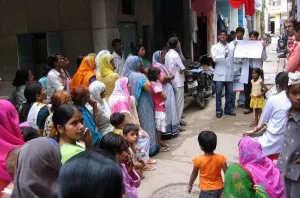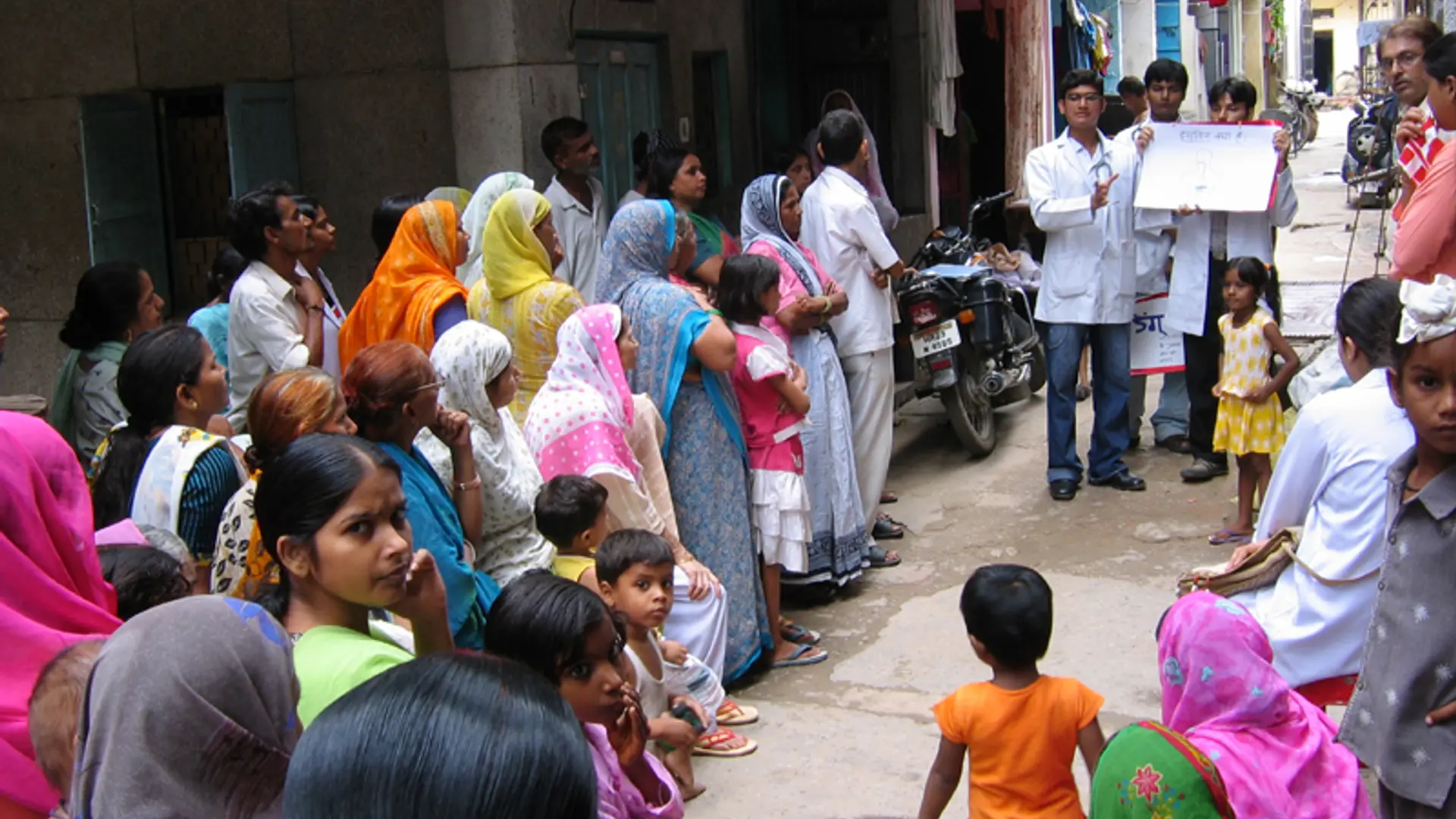With 6% GDP expenditure on Healthcare, India among bottom five - A big opportunity for e-Health
In India, healthcare sector suffers from underfunding and bad governance. Yes, India has made huge improvements since independence. But majority (70%) of the effort has been private sector led. Still India accounts for 21% of the world’s burden of disease.

In fact India has increased spending over the years. Also, the government plans to increase it even further nearly by 2.5% of the GDP in the 12th five year plan. The amount of public fund that India invests in health care is very small compared to other emerging economies. With 6% of GDP expenditure on Healthcare, India ranks among the bottom five countries with the lowest public health spending globally.
Krishna Giri (MD) Health & Public Services, Accenture India said “Our report identifies the importance of shifting from ‘infrastructure focus’ to ‘productivity focus’ to generate corresponding improvements in India’s healthcare access. This can only be achieved if larger fund allocation for healthcare is accompanied by effective and innovative interventions to improve the existing healthcare ecosystem in order to achieve global standards”
The report points three major challenges hampering the growth of the healthcare sector and therefore the delivery of healthcare services:
Substantial gaps in healthcare infrastructure
Hospital bed density in India has stagnated at 0.9 per 1000 population since 2005 and falls significantly short of WHO laid guidelines of 3.511 per 1000 patients' population. Moreover, there is a huge inequity in utilization of facilities at the village, district and state levels with state level facilities remaining the most strained.
Low healthcare insurance service coverage
This leads to high levels of out of pocket spending: Nearly 80% of spend in India is out-of pocket, primarily due to with extremely limited insurance coverage, both personal and government funded. Research has shown that the proportion of medical and healthcare expenditure in overall personal consumption has risen considerably over the years.
Medical manpower remains inadequate
India is currently known to have approximately 600,000 doctors and 1.6 mn nurses. This translates into one doctor for every 1,800 people. The recommended WHO guidelines suggest that there should be 1 doctor for every 600 people. This translates into a resource gap of approximately 1.4 mn doctors and 2.8 mn nurses. There is also a clear disparity in the man power present in the rural and urban areas.
Krishna Giri also added, “Comprehensive adoption of Information Technology and digitization of systems to improve access to these services is central to the success of these projects”.
The report proposes five key measures that Accenture believes will have the most significant impact on improving healthcare access in India:
- Implementing (HIS) Hospital Information Systems and record-digitization to improve delivery of healthcare services to the public.
- Automating supply chain management is the cornerstone of all successful healthcare systems.
- Empowering Citizens through Information Dissemination.
- Collecting data via handheld mobile devices, given the limitations of providing hard IT infrastructure in the vast reaches of rural India.
- Analytics-enabled real time disease surveillance, with real time surveillance costs, and ‘time-to-reaction’ are significantly lowered, leading to not only economic savings, but a much more efficient outbreak intervention mechanism as well.
These recommendations can address several inefficiencies in the healthcare value chain in India, and provide increased healthcare access to citizens, without significantly increasing the spending on the same.







